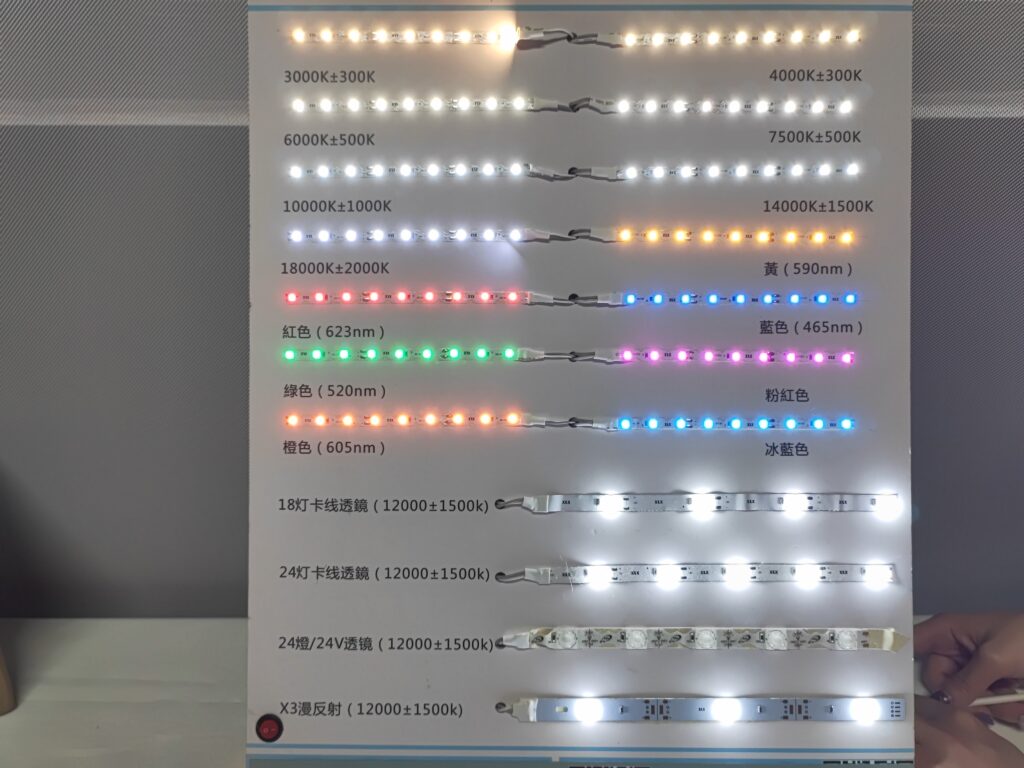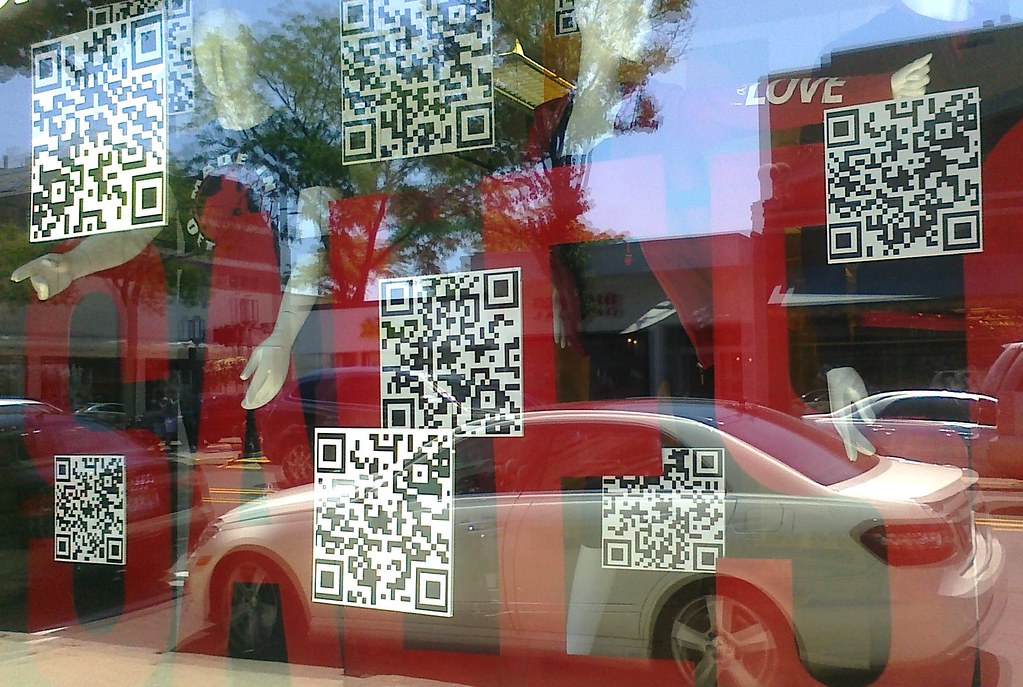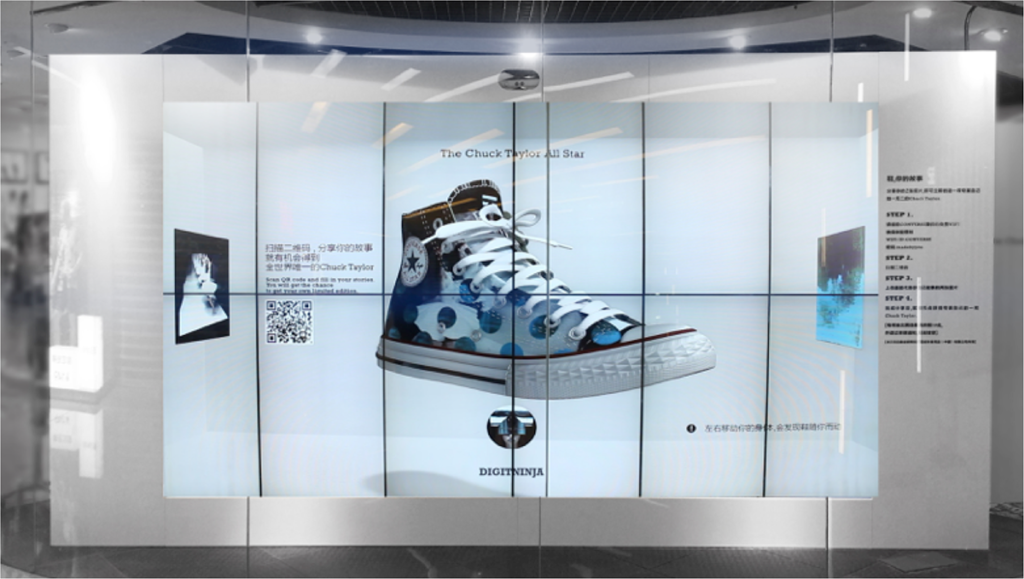Picture this: A potential customer walks past your store, their eyes glued to their smartphone, completely oblivious to your carefully curated merchandise. Despite investing thousands in premium products and traditional displays, foot traffic remains disappointingly low. Sound familiar? In today's digital age, static window displays simply aren't enough to capture the attention of increasingly distracted consumers. But there's a solution that's revolutionizing retail spaces across the globe.
To make your window display interactive, integrate motion sensors, touchscreens, or digital elements that respond to viewer presence. Combine these with traditional visual merchandising techniques like lighting, product rotation, and seasonal themes. The key is creating a multi-sensory experience that encourages engagement while maintaining focus on your products.
If you think interactive displays are just another passing trend, think again. Research shows that stores with interactive window displays experience an average 24% increase in foot traffic and a 30% boost in customer engagement. But how exactly can you implement these strategies without breaking the bank? Let's dive deeper into the world of interactive window displays.
The Science Behind Interactive Displays
Just as a master storyteller weaves magic through words, interactive displays create retail magic through engagement. They work by triggering fundamental human responses:
- The Power of Motion
- Movement naturally draws the human eye
- Dynamic displays capture attention 400% more effectively than static ones
- Motion sensors can trigger subtle animations when viewers approach
- Touch and Technology Integration
- Touchscreen interfaces allow product exploration
- QR codes bridge the physical-digital divide
- Mobile device integration creates seamless shopping experiences
- Emotional Connection
- Interactive elements create memorable experiences
- Personalization features boost brand connection
- Gamification elements encourage repeat visits
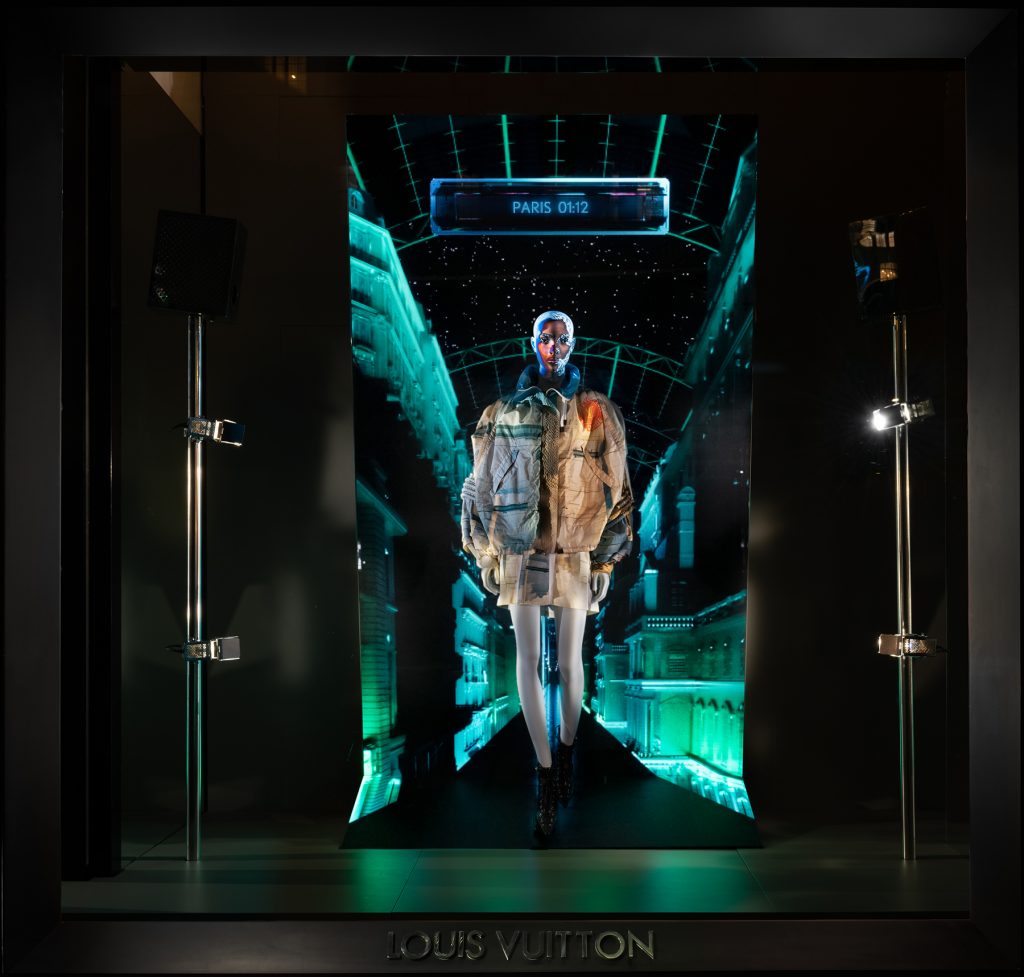
Strategic Implementation Guidelines
1. Basic Interactive Elements
- Motion-activated lighting changes
- Rotating product platforms
- Digital price tags and information displays
- Simple touch-sensitive windows
2. Advanced Interactive Features
- Augmented reality try-ons
- Virtual shopping assistants
- Social media integration
- Interactive product demonstrations
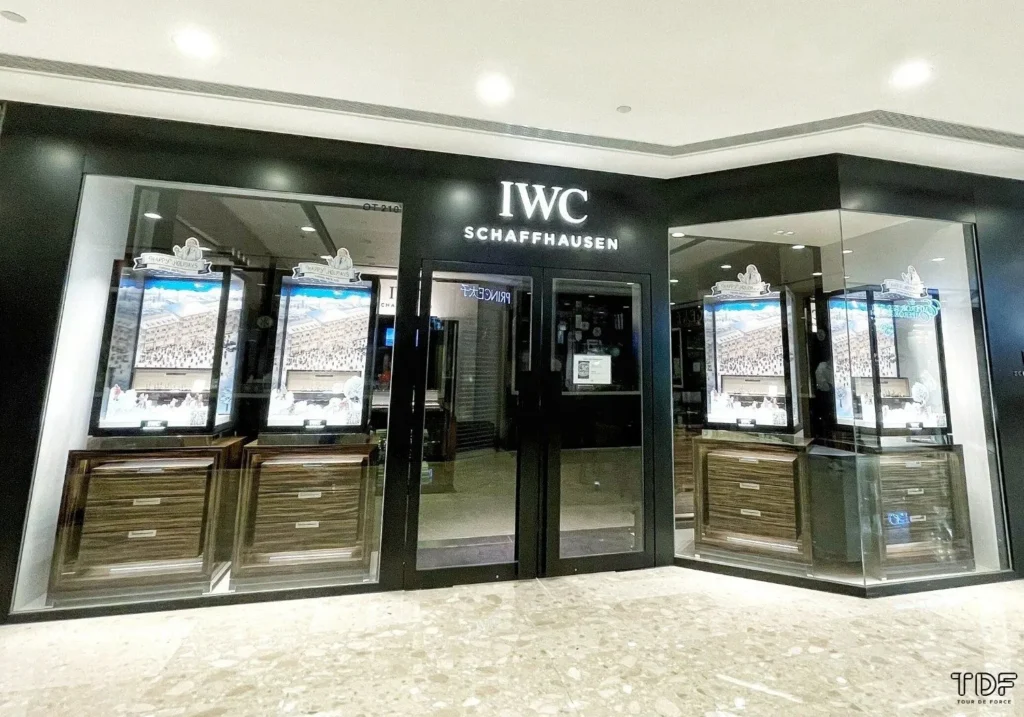
3. Technical Considerations
- Power supply requirements
- Weather protection measures
- Maintenance schedules
- Software updates and security
Cost-Effective Solutions
Understanding budget constraints, here are scalable options:



